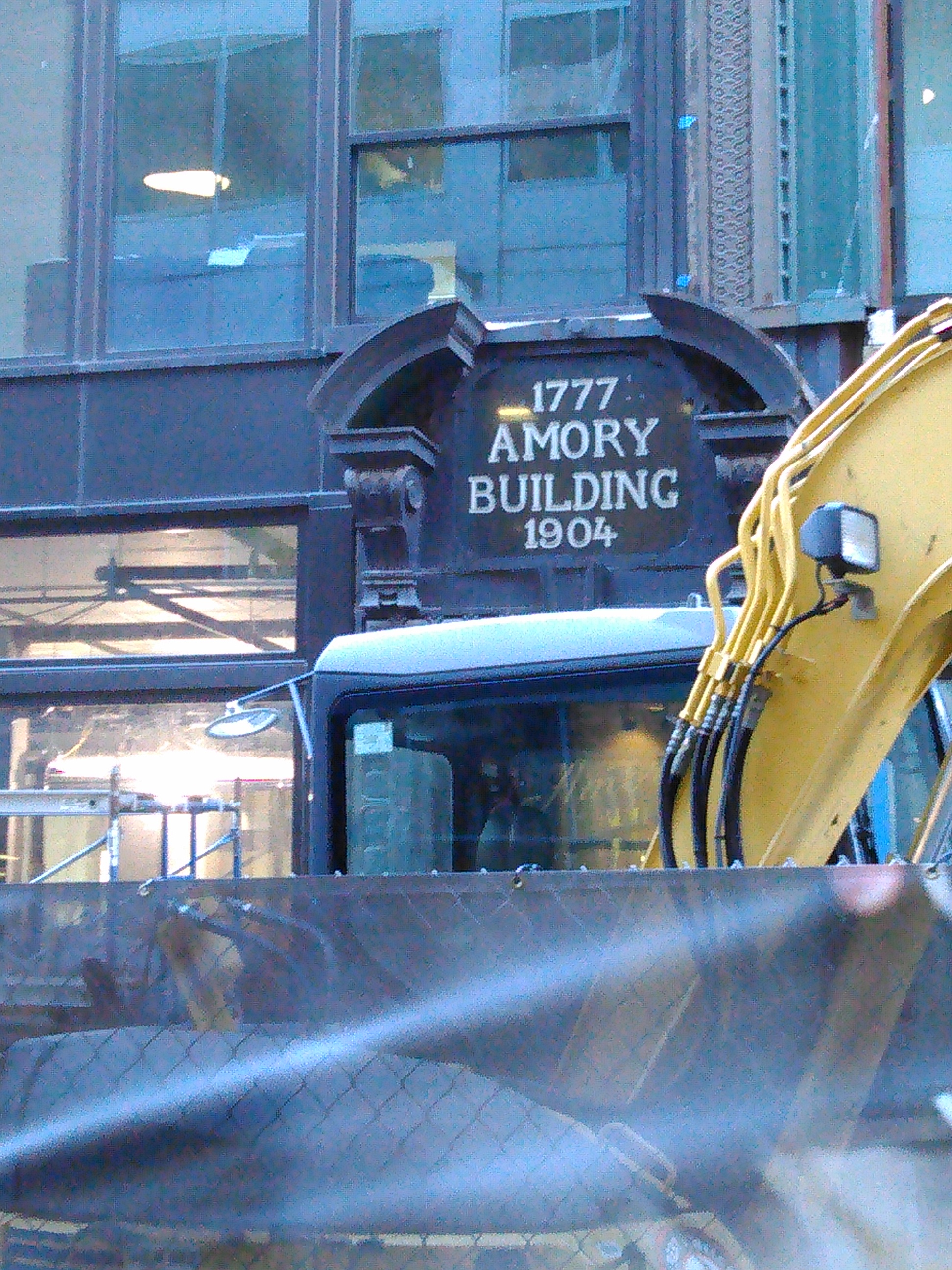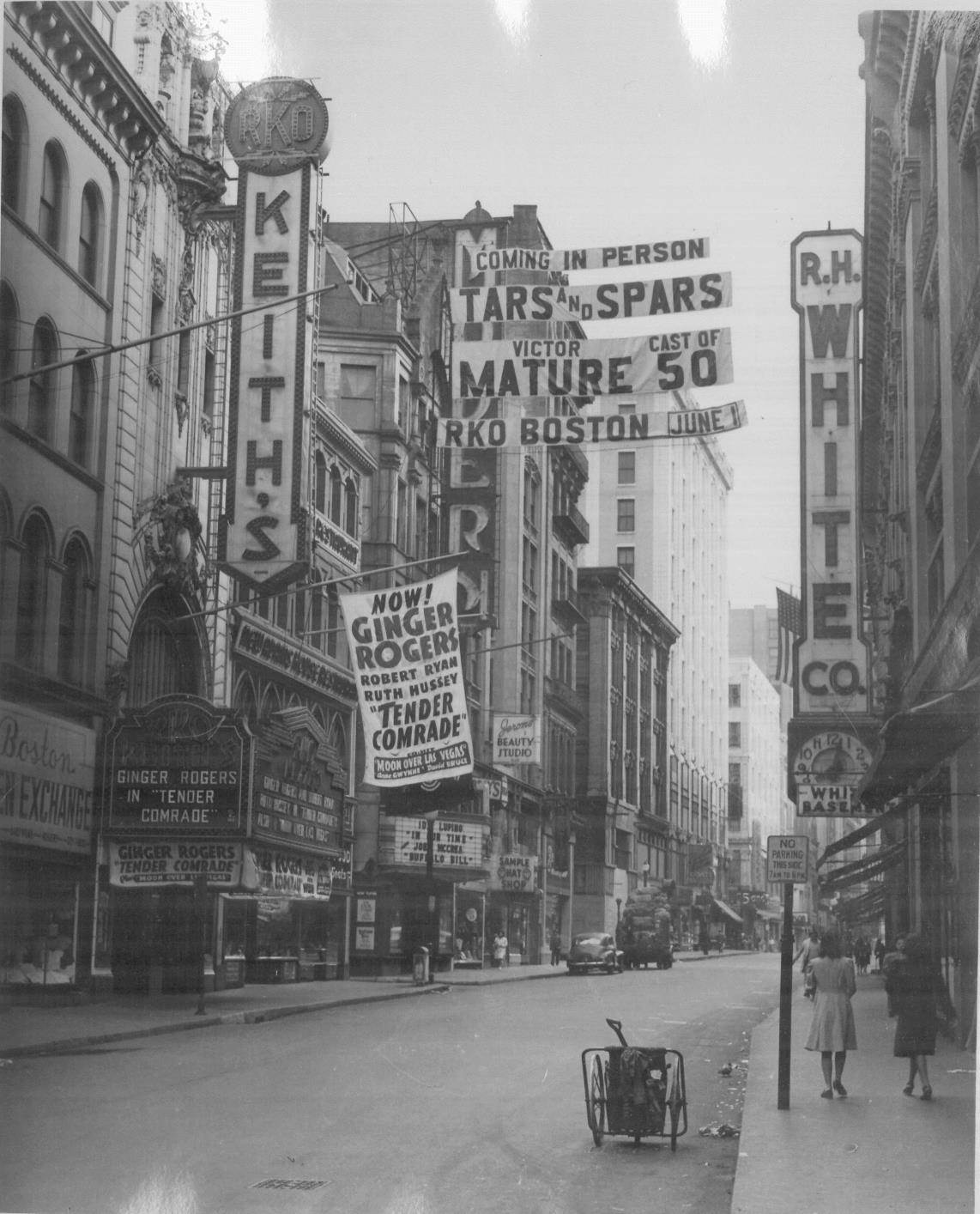By Susan Martin, Collections Services
Today marks the 97th anniversary of the Armistice of Compiègne and the official end of World War I. You may be celebrating Armistice Day, Veterans Day, or Remembrance Day, depending on where you live.
The MHS holds the papers of many soldiers, aid workers, and other men and women caught up in the Great War. Among them is an entertaining collection of 43 letters from Alton Abraham Lawrence of New Bedford, Mass. to his friend Albert Stedman Murdy. Lawrence served in England and France as a private in the 658th Aero Squadron and 1108th Aero Replacement Squadron of the American Expeditionary Forces. In a letter dated 13 Nov. 1918, he described the armistice celebrations in Paris:

“In my letter of a week ago today I told you that the war would be over soon. It sure is and I’m not a bit sorry either. The terms embodied in the armistice were stiff enough to bury all the German Junkers. In a couple of weeks the Germans will be in the power of the armies who represent democracy.
“’Now let’s go,’ is the cry over here. All the boys in the A.E.F. are raving about going home. Can you blame us? I know you can’t. Unless they will send me to do guard duty in Germany I want to come home tout de suite. If they will send me there I’m game for another year overseas. I[t] sure would be fine for me to hike down the main drag in Berlin.[…]
“When the glad news in regard to signing the armistice was heralded I was in camp. The anti aircraft batteries in Paris put up a fake barrage in honor of the occasion. The noise could be heard for miles around.
“Yesterday I was in Paris and sure did have a great time. All the boys in the surrounding camps were on pass until reveille this morning. The people are wild and sure are celebrating. They are making no effort to conceal their elation.
“From the Louvre up the Concorde to the Arc de Triomphe the mobs command the roads and walks. The Tulleries [sic] is always filled with people whose cheeks are flushed with ardor. In some instances the men are carrying women on their shoulders. The gangs are apt to do most anything.
“I was near the Madeliene [sic] when I got cornered by a gang of larkers. The[y] formed a ring around the rose bush (some rose bush). Believe me they can yell viva l’America. The troops had a loud time. Honest to goodness I never celebrated so in my life before. I ate, drank and yelled until I was almost gag[g]ed. Oh what a head next morning. France has less wine and co[g]nac than she had a week ago.”
Lawrence had enlisted just over a year before, on 28 Oct. 1917. Now he was 22 years old and anxious to get back to the life he’d left behind. His return would be delayed for over five months, but he kept his spirits up and continued to write regular letters to Murdy, reminiscing about old times and speculating on his post-war plans. For one thing, he resolved to continue his interrupted education under Prof. Harry C. Bentley at the brand-new Bentley School of Accounting and Finance (now Bentley University in Waltham, Mass.).
I was particularly impressed by Lawrence’s appreciation for those personal relationships that had carried him through his wartime service. His friendship with Murdy had apparently been somewhat new or distant at the beginning of their separation, but their correspondence brought them closer. Lawrence anticipated a warmer friendship with him:
“When we get together again we will meet with a fondness that we have never felt before. One could hardly say that you and I have been together very much socially. The tone of your letters gives me the confidence to make this assertion. I guess that I am not far from being correct this time, am I Albert? I used to regard you as a damned good fellow and you know that old kid.”
Lawrence had also developed a new perspective on his father:
“He sure is a good old scout and I have often been very sorry that I did not chum around with him more when I was a little fellow. But the Dad was always a pretty tired man when he came home from work. My father has had to work for everything he has and this took up most of his time. There is another time coming to us and we should be able to get together then.”
Of course, it wasn’t just the high-minded things that Lawrence missed. He also looked forward to cruising in his car (“the old EMF”) around Boston and New Bedford, where he was sure he and Murdy would find “plenty of Janes.” Along the top of the 13 Nov. 1918 letter shown above, his first to Murdy after the armistice, Lawrence wrote excitedly: “Shine up the EMF.”
Lawrence’s cheerful and slangy letters are definitely worth a read. Unfortunately, I wasn’t able to learn much about his life after the war. Census records show that he returned to New Bedford and married a woman named Ruth, with whom he had two daughters, Lillian and Hannah. He died in 1942 at the age of 45.











